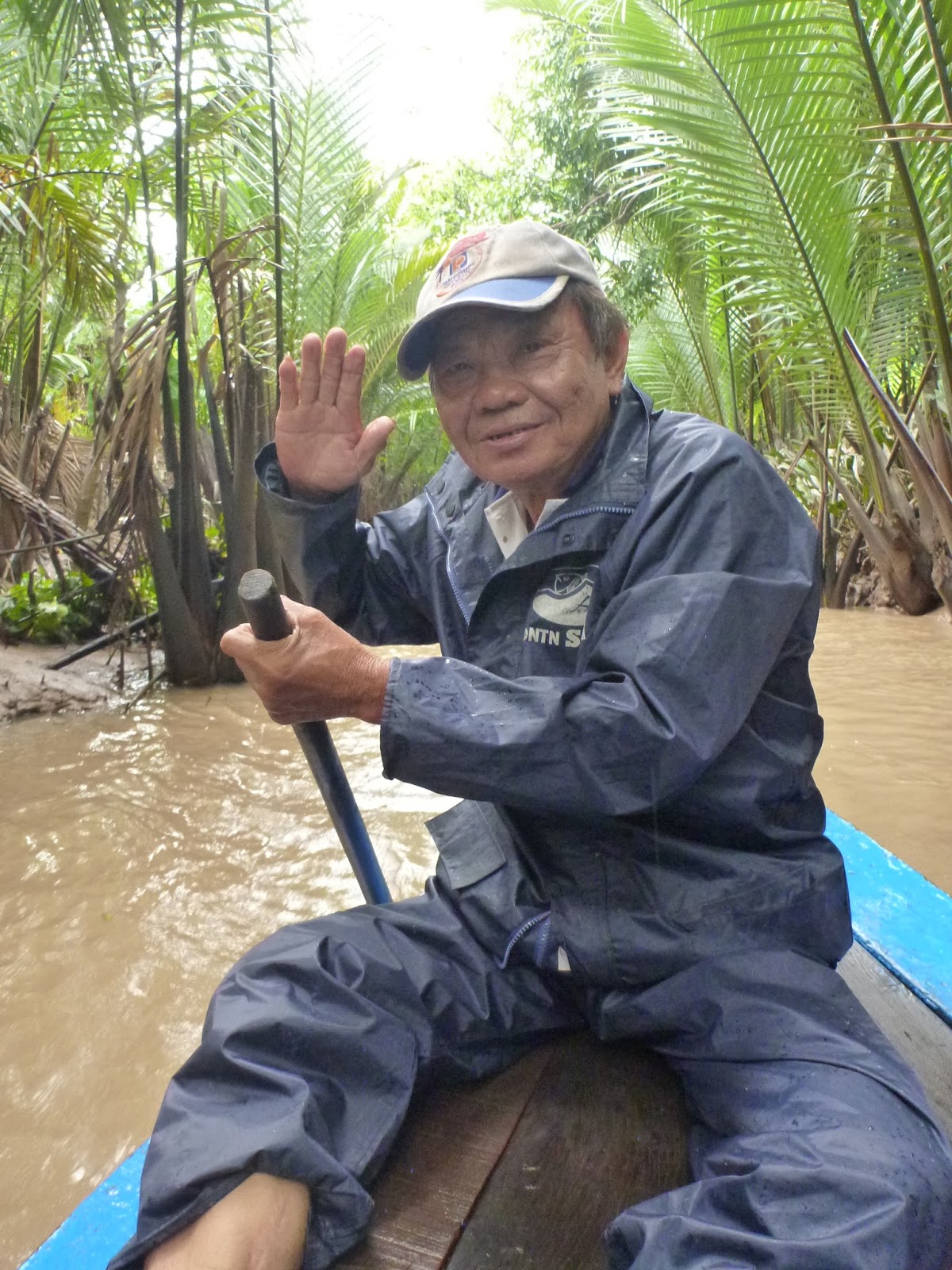I went to university right after high school, completed a 4-year Bachelor's degree, did a year of undergraduate prerequisites, then entered graduate studies. By the time I had finished my Master's degree, I had been in school of some sort for 21 years straight. I was probably burned out; I was certainly sick of the whole thing. It wasn't until very close to the time that I took my leave of absence that I could even contemplate the possibility of entering some type of formal education setting without starting to twitch.
A couple of things started to click for me in my leave of absence year. One click had started while I was still working. I'd always had a bit of an interest in archaeology, and had even participated in a week or so long archaeology day camp concept when I was 14 (which had thoroughly turned me off archaeology as a career). One day, while reading one of my magazines, I saw an ad for some kind of archaeology program, hosted by Tony Robinson. "Huh," I thought, "that name sounds a bit familiar, and that one guy in the ad looks a bit familiar." Then, it hit me - Baldrick from Blackadder! I initially watched the show out of curiosity to see what Tony Robinson was like when he wasn't being Baldrick. The show, Time Team, was a British archaeology show that really renewed my interest in and taught me a great deal about the practise of archaeology and the various careers and professionals involved in excavation and analysis.
The second click happened during our trip to Newfoundland. I've spent most of my life looking at the ground and picking up interesting rocks. As a child on holidays, there was always at least one bag of rocks stuffed under the seats of the Chevy Bel Air for my parents to stub their toes on. The rocks in Newfoundland are wonderful, and as I learned, unique. And yes, my suitcase did weigh a bit more when I came back home. Two main ideas came out of the Newfoundland trip: next time, bring more pairs of socks (seriously, I had no idea how cold wind coming off the North Atlantic could be); and maybe it would be interesting to learn something about all the rocks I'd been picking up.
 |
| Here and above, Rocky Harbour, NL |
 |
| Bonne Bay, Gros Morne National Park |
So, I re-applied to the University of Saskatchewan (no application fee for alumni!) and registered in an introductory geology class. Almost as an afterthought, I added an introductory archaeology class. I loved both of the classes, and then took another class in each subject that fall. I'd started out as an unclassified student, but an administrative error forced me to declare a major. I knew I didn't want to do a degree in geology (no desire to haul the Schmidt hammer up a mountain), so I selected archaeology.
I've enjoyed all the archaeology classes I've taken so far, but in many ways, am no closer to figuring out "what's next?" than I ever was. I find osteoarchaeology (a field that I didn't know existed until seeing Time Team) and paleopathology fascinating; I also find ceramics really interesting. Bone and bone china....sort of makes sense? I like the Near Eastern and historical archaeology classes that I've taken, but I don't find Plains pre-contact archaeology that interesting. The bit of excavation I've done so far has been.....ok, but I don't love it. I'm someone who usually has a plan of where I'm going, how to get there, how long it will take, and what I'm going to have for lunch in the meantime. It feels disconcerting not to have a plan (yet) in this case, but strangely enough, I'm not upset by the uncertainty.
Oh, and I still walk around picking up rocks.




















































